Using Fables with RtI
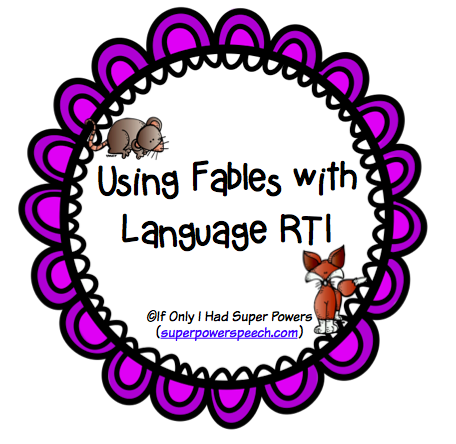
Clipart by: Creative Clips and Mellonheadz Illustrating
I’ve intended to write these units and this post for months. Literally. I bought the clip art last August for goodness sake! It wasn’t until I had a little time over winter break that I was finally able to pull these together!
Fables lend themselves perfectly for use with Response to Intervention and Dynamic Assessment of language. Here’s why:
- Fables are fun! They are meant to be oral tales and are easily remembered and passed on to others.
- Fables are short. They are perfect for quick intervention or assessment sessions because they can be read and practiced within a small period of time.
- Fables are imaginative. Although they are based on people and animal characters, there is also a magical feature to these stories (such as talking animals).
- Fables require higher level thinking. Because there is a moral to these stories, higher level thinking must be employed to truly understand and retell the tale.
- Fables are a great platform for other language skills. It is very easy to pack fables full of higher-level vocabulary, grammar, and figurative language. These language concepts can then be practiced and reinforced with interventions over time.
To read more about using RtI and Dynamic Assessment in Language Therapy, check out my post here.
My new units include (big surprise here) fables! Each download includes 3 stories and each story targets both dynamic assessment and intervention in 2 areas (narratives + another language area).
These quick mini-units are intended for students in 4th-8th grades. Initial assessment (including story retell and language assessment) should take 20 minutes or less. Each follow-up intervention activity is intended to last less than 10 minutes. One unit should be used from start to finish. If the results are unclear, or more intervention is needed, more units can be used. Although each of these units has a different language concept tested, they all contain narrative assessment. This decision was made because of the importance of being able to clearly and accurately retell a story in the educational environment and because of the many language skills required to do so.
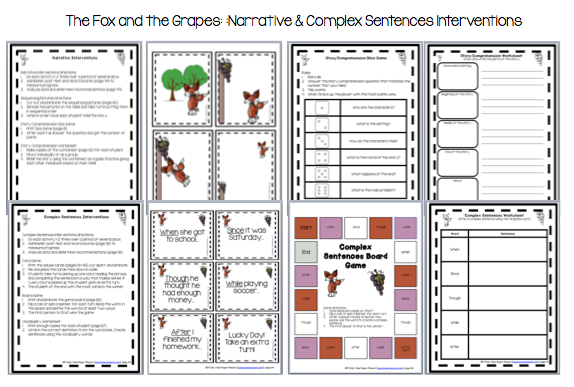
Part 2 contains the same dynamic assessment areas and interventions, but 3 different fables!
Or if you are like me… get them both in a bundle and save some money!
JG got an early copy of this product made the following comments:
“These are way too awesome! OH MY!! These are so so good. You have super talent and you are a super talented SLP. Besides the adorable graphics and stories, the complex sentence interventions and the complex phrase connection vocabulary targets are spot on! Most of my middle/high school students have a goal related to these targets in some way – either writing, comprehension or verbal expression- problem solving- reading… I can’t imagine anyone working with secondary students not needing to have these… I will show your work to my fellow SLPs, give them your information-blog, facebook & store, and encourage them to buy these! Very well done! This should become your best selling product.”
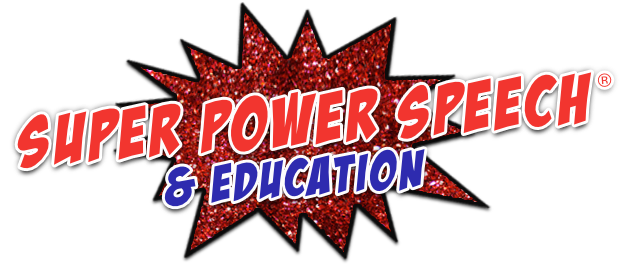
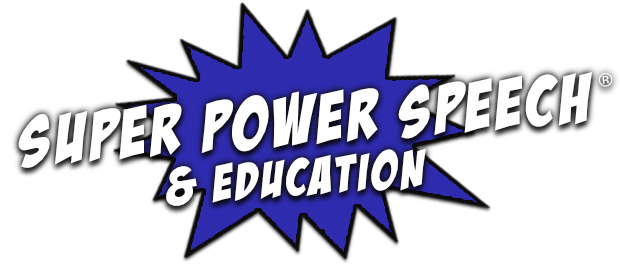
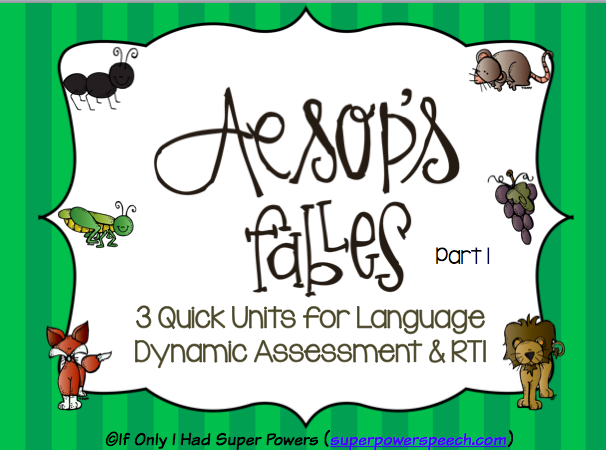
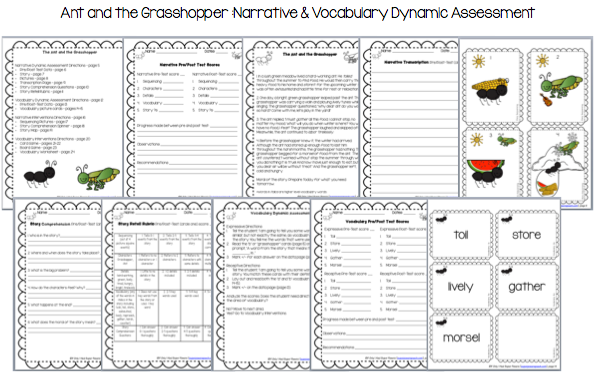
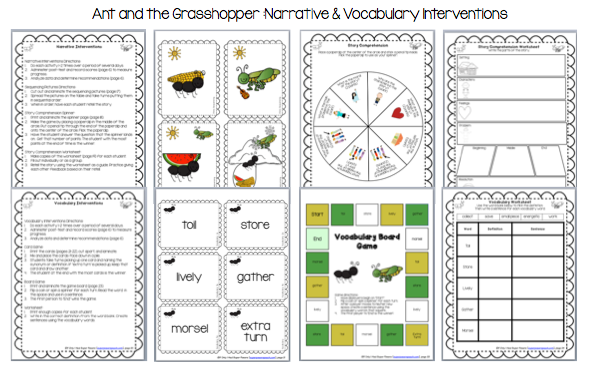
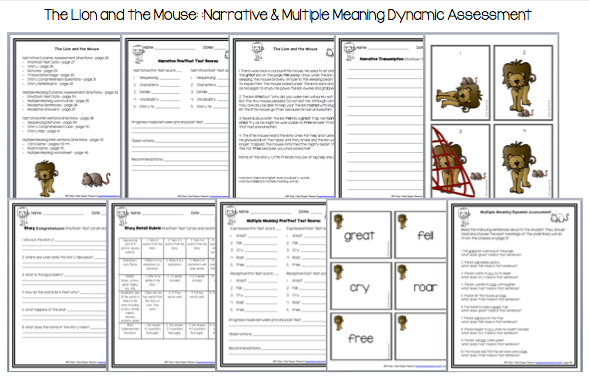
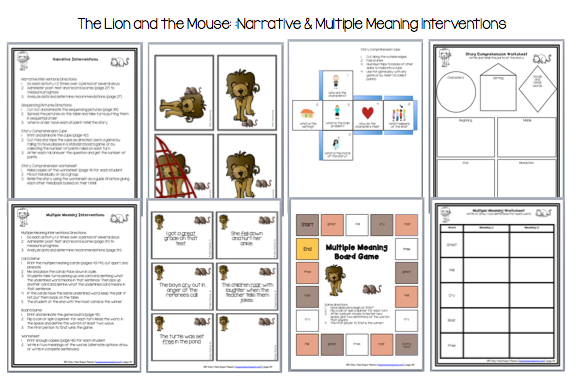
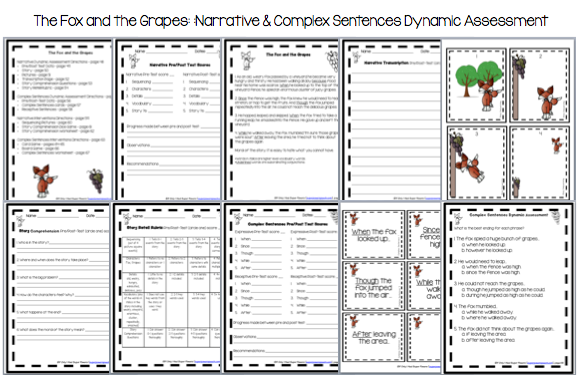
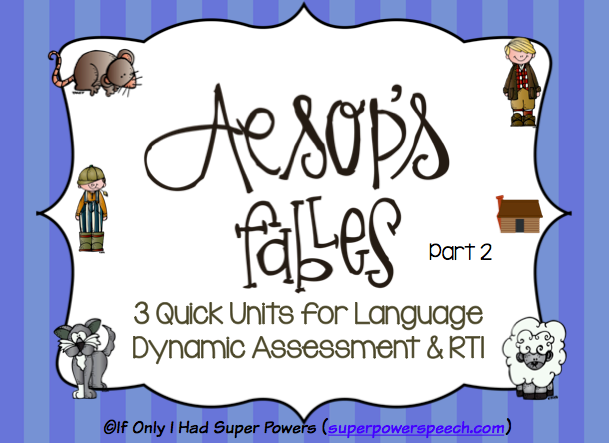
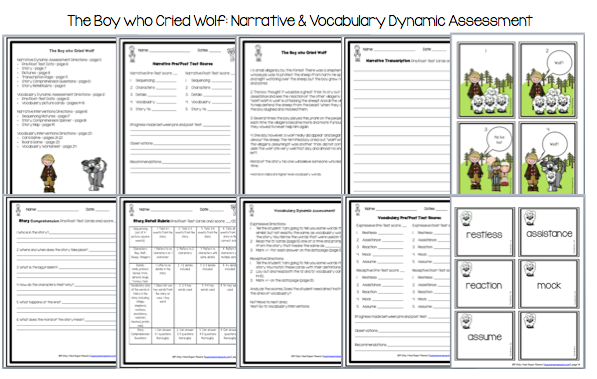
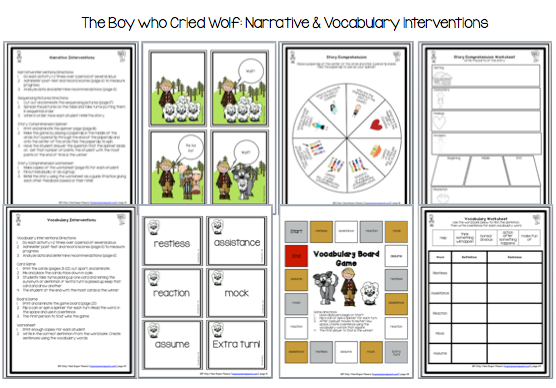
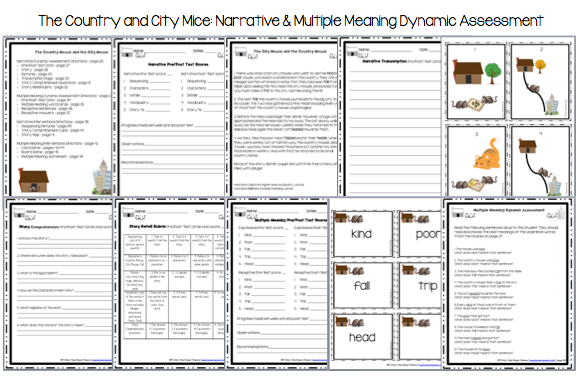
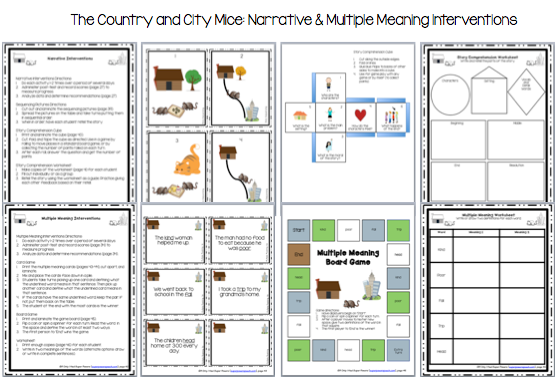

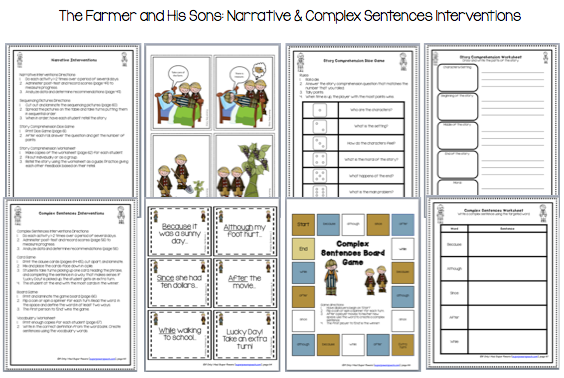
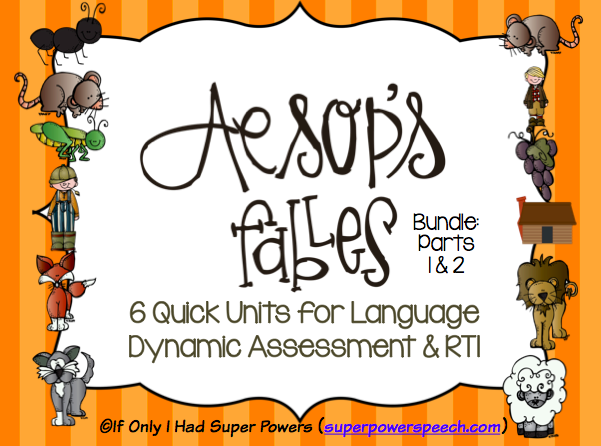


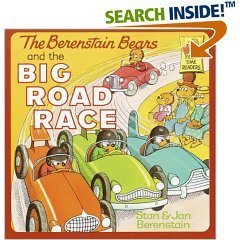

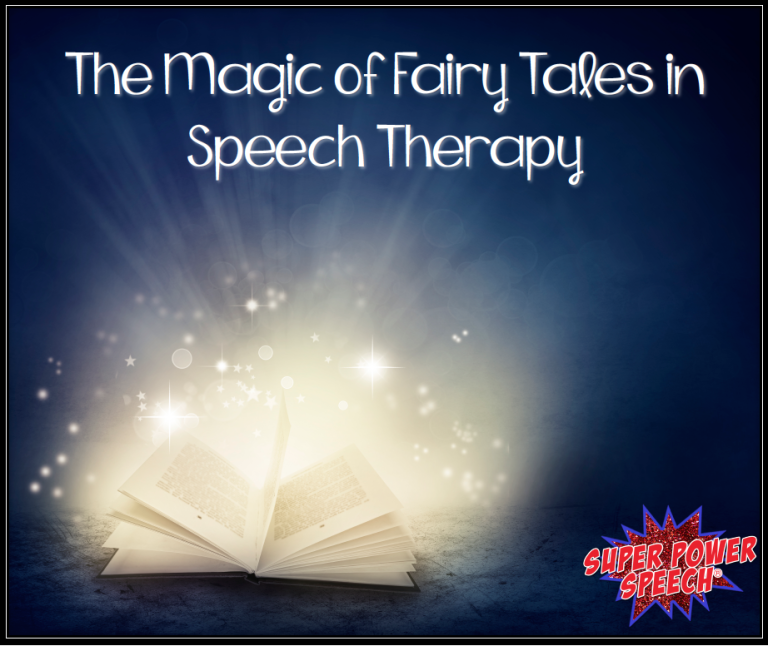
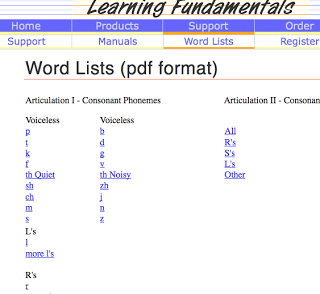
It looks like you have outdone yourself again! This is going on my list! More often than not I am seeing initial referrals for upper elementary school students with language concerns (usually because they haven’t stayed at one school long enough and then it really catches up with them by 4th/5th grade). I really like that you have given both the assessment and the intervention tools within each story. And I also like the idea of using fables….besides just loving them since childhood, it is a shorter story that I know I will have time for in my limited interactions with students. Thanks for putting together such complete units! Happy New Year! Emily